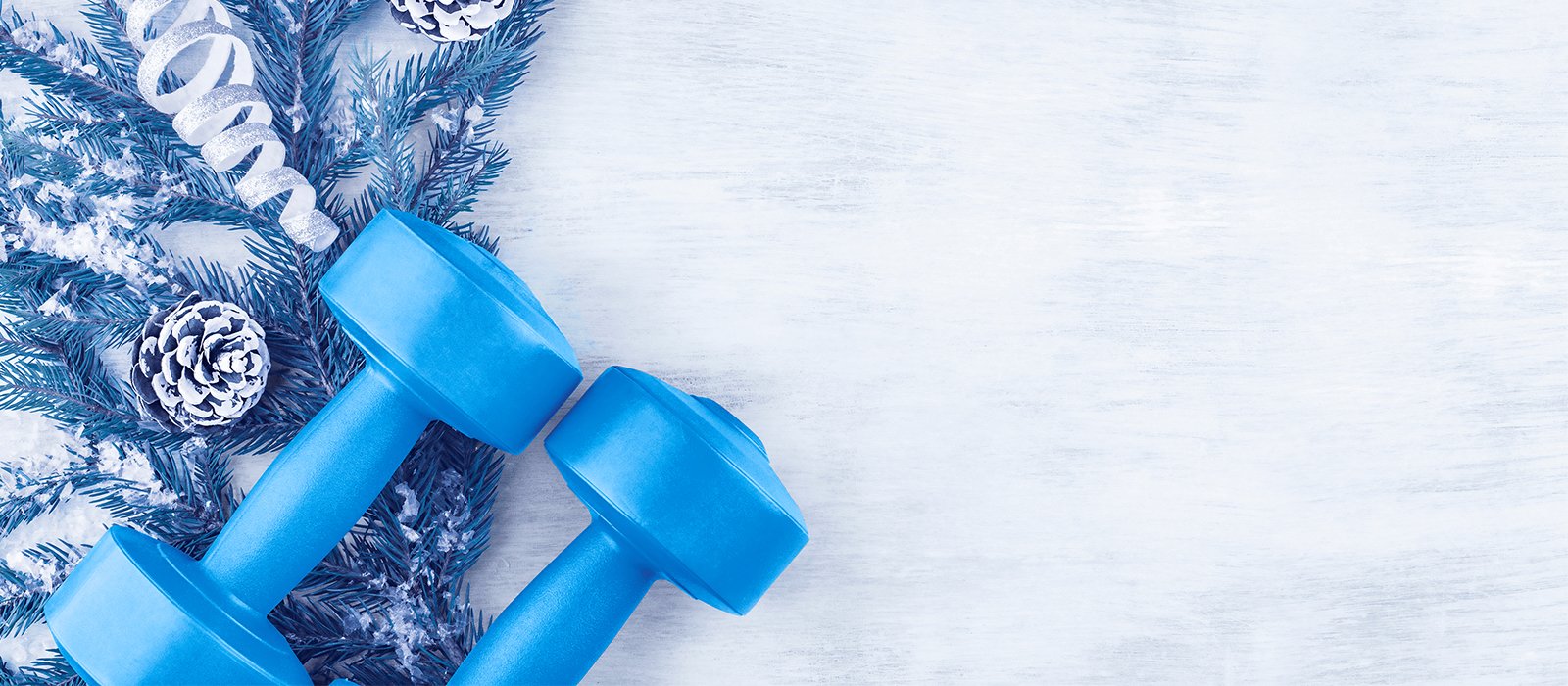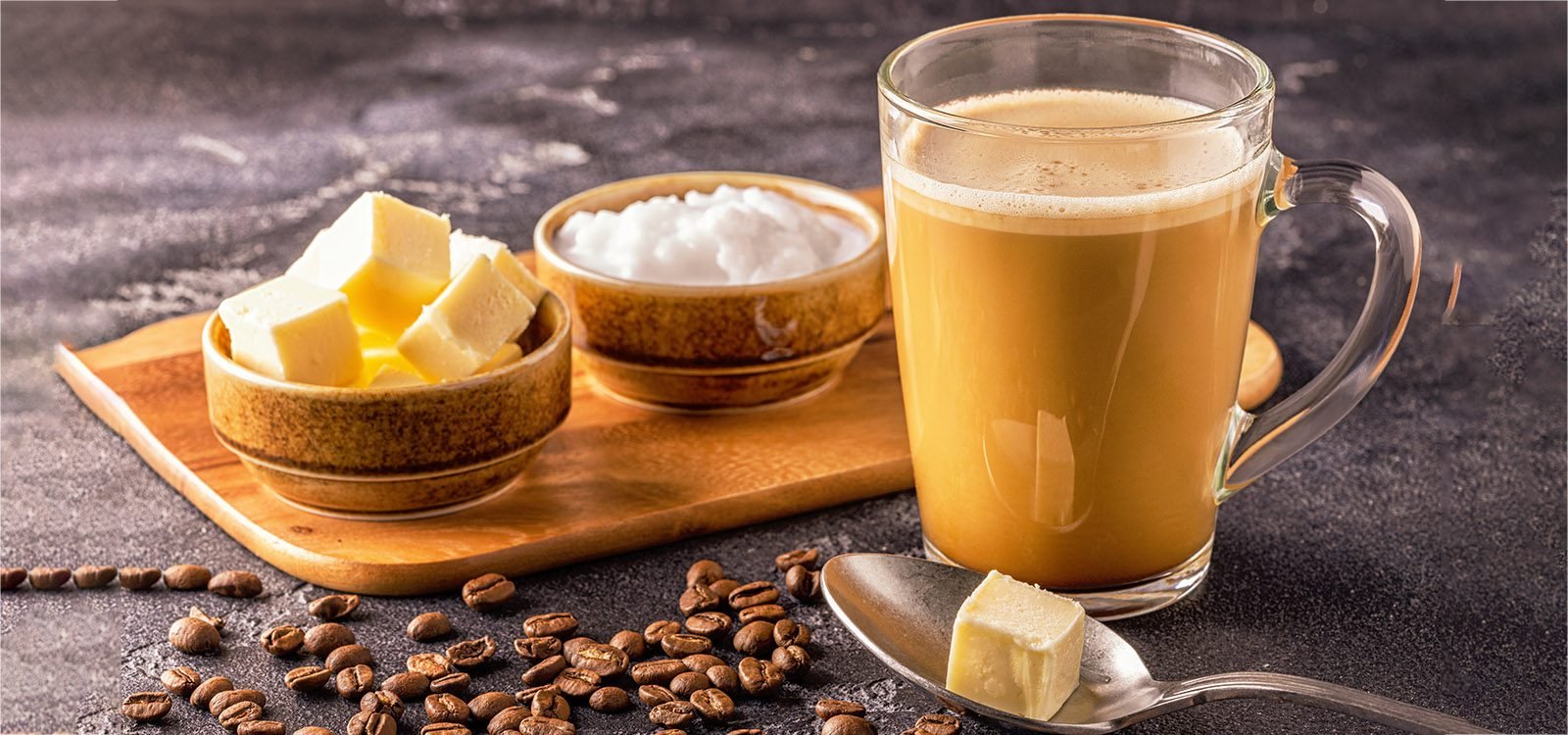These exercises for your back pain will bring you a relief you have been wanted for so long.
Back discomfort is a common condition. It will likely happen to most people at some point in their lives. Back Pain is the most typical disability and the most typical reason for missed work in the world.
An injury is the main cause of back discomfort. Additionally, some medical conditions may be the cause. Due to their poor lifestyles, seating positions, eating habits, and other factors, back discomfort is also becoming more common among young people.
This is why utilising proper body mechanics and building up your back muscles will only help you avoid lower back pain.
Supine Spinal Twist

This stretch aids in stretching not only your lower back but also your glutes, which can constrict when you have low back discomfort and eventually aggravate the pain. Additionally, it enhances overall spinal flexibility.
Technique to perform Supine Twist:-
Laying on your back with your legs bent and your feet flat on the ground is a good place to start. Stretch your arms out in a Capital “T” position. While keeping your shoulders on the ground, gently roll your knees to one side. Keep your knees in the centre for 20 to 30 seconds, then switch sides and repeat. Place a pillow or stack of blankets between your knees while you twist to each side if the stretch is too much for you.
Stretching Position from Big Toe to Hands (Supta Padangusthasana)

Your inner thighs, or hamstrings and adductors, might get tight, which can result in a tight lower back. By releasing the hamstrings, calves, ankles, and back of the legs, this posture stretches out the affected areas. Avoid this stretch if you experience shooting pain down one leg because it may put too much strain on the leg.
Technique to perform Supta Padangusthasana:-
Lift your right leg up towards your face while lying on your back. Depending on how tight you feel in your hamstrings, interlace your hands behind either your thigh or your calf. Keep the opposing hip grounded and the opposite leg active. Maintaining a flat back and shoulders is important. 10 breaths should be held. Allow your right leg to lower out to the right while continuing to keep your opposite hip grounded. If the opposite hip lifts up, only lower the right leg out to the side as far as you can.
Cow Face Pose (Gomukhaasana)

This position extends your outer glutes, which can become tight and cause low back pain. Additionally, it can relieve chest, shoulder, shoulder blade, and hip tightness.
Technique to perform Gomukhaasana:-
By Sitting down, raise your left heel to your right glute while keeping your left knee directly in front of you. Bring your right leg over your left leg now, stacking your knees so they are both looking forward. They don’t have to be stacked directly on top of one another. Toes facing backward, your feet have to be placed on either side of you. Maintain a long spine by sitting up straight, or add a small forward bend to boost intensity.
Seated Spinal Twist

Hip, glute, and back stretches are provided by this traditional twist. It extends your abdominals, shoulders, and neck while improving spinal mobility. Additionally stimulating your internal organs is the pressure of this stretch.
You have to keep both legs straight for a more comfortable position. By inhaling to direct your eyes forward and exhaling to turn it backward, you can incorporate neck rotations into this position for an added stretch. Perform 5–10 on each side.
Technique to perform Seated Spinal Twist:-
Lie down on the floor and extend both of your legs in front of you. In order to place your foot outside of your right thigh, bend your left knee. Using your right arm, touch the outer part of your left thigh. Use your left hand to support yourself behind you. Turn to the left, starting from the base of your spine. As long as a minute, hold this posture. Continue on the opposite side.
Plank (Forearm)

By strengthening the muscles around your low back, this plank version, activates your core, which will help relieve some of the pressure on it.
Technique to perform Forearm Plank:-
In the top push-up position, lower your forearms onto the mat beneath your shoulders. Depending on how your shoulders feel, you can either bring your forearms parallel to one another or interlace your hands. Kick through your heels while contracting your abs. Hold for a minimum of 30 seconds before prolonging it for a full minute.











